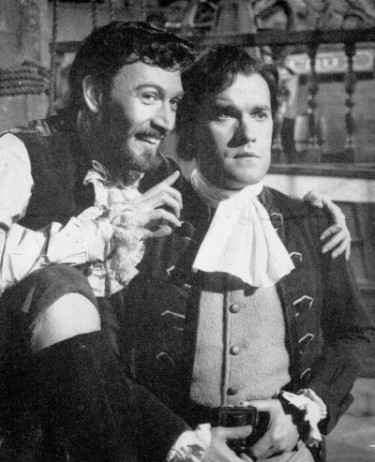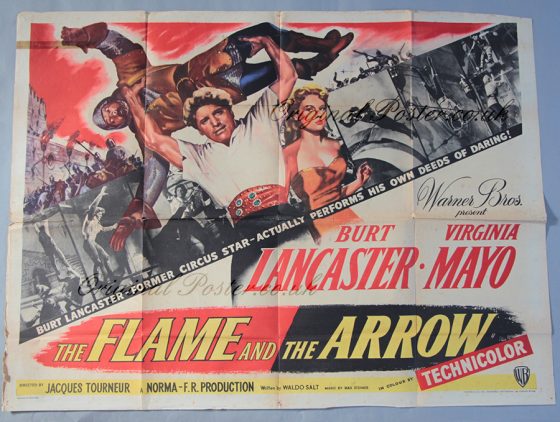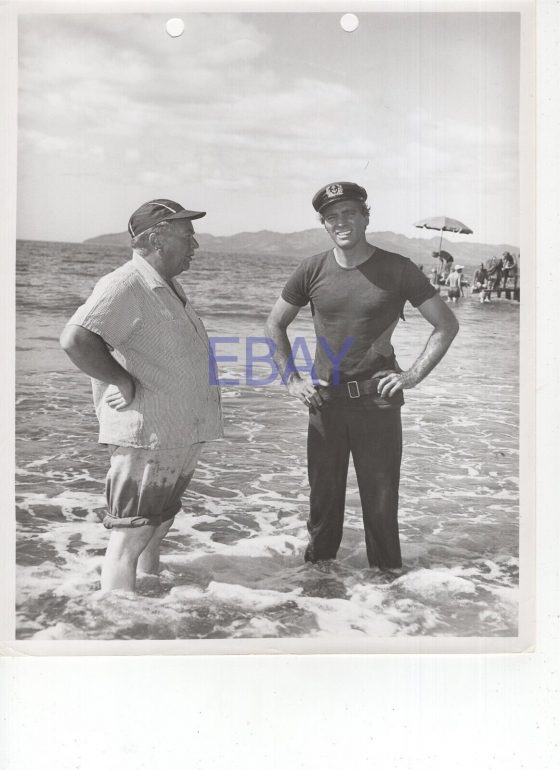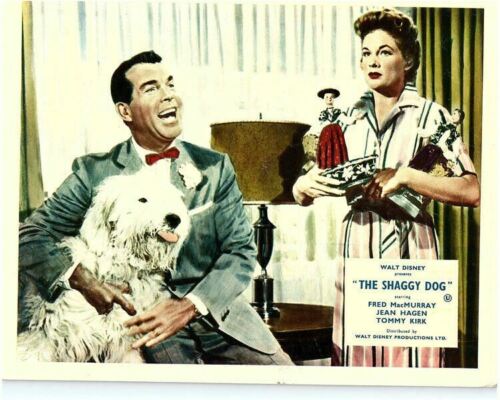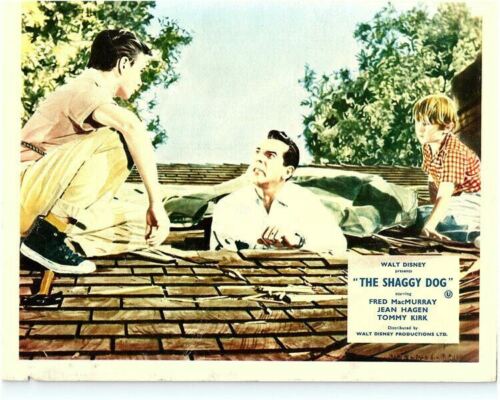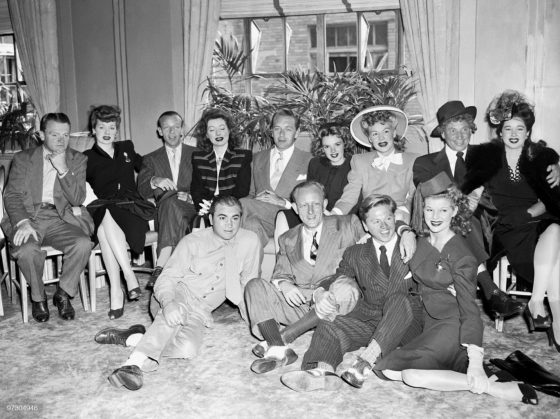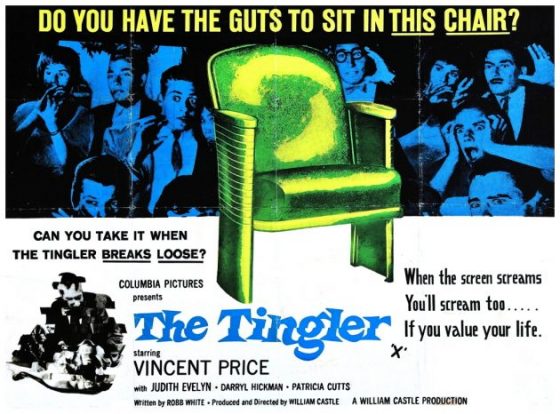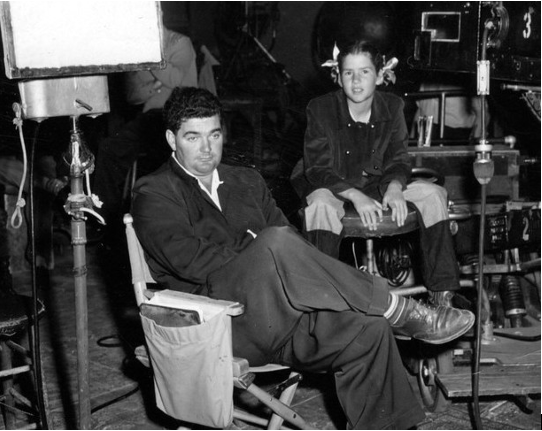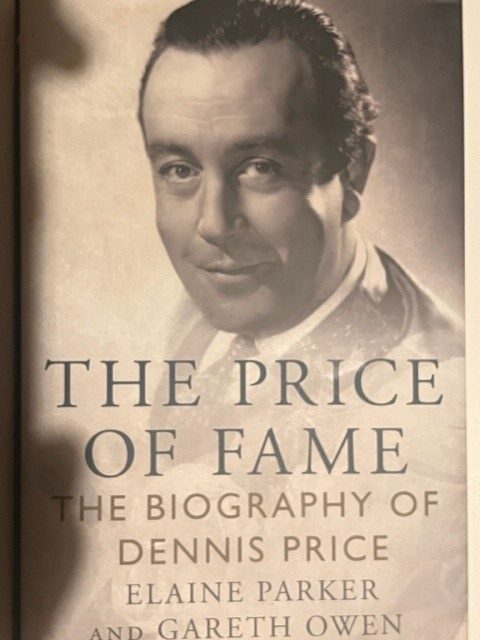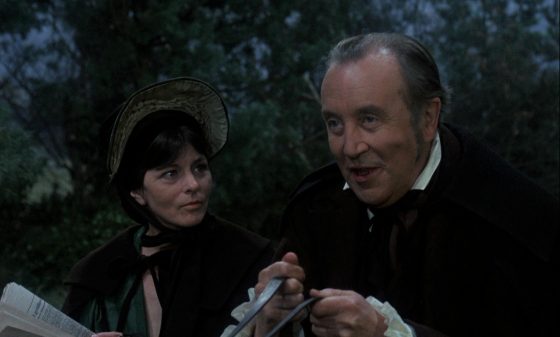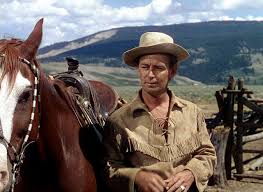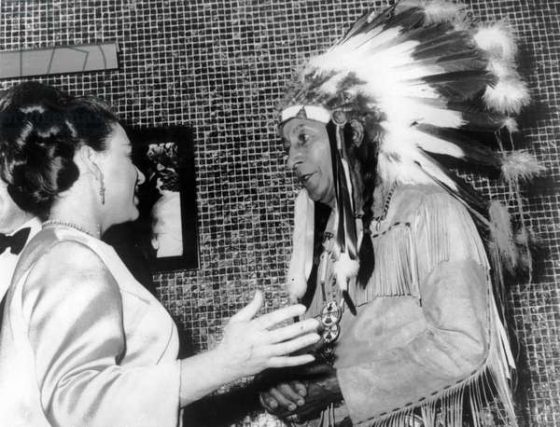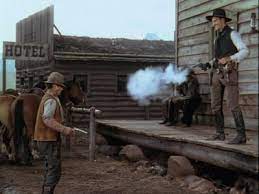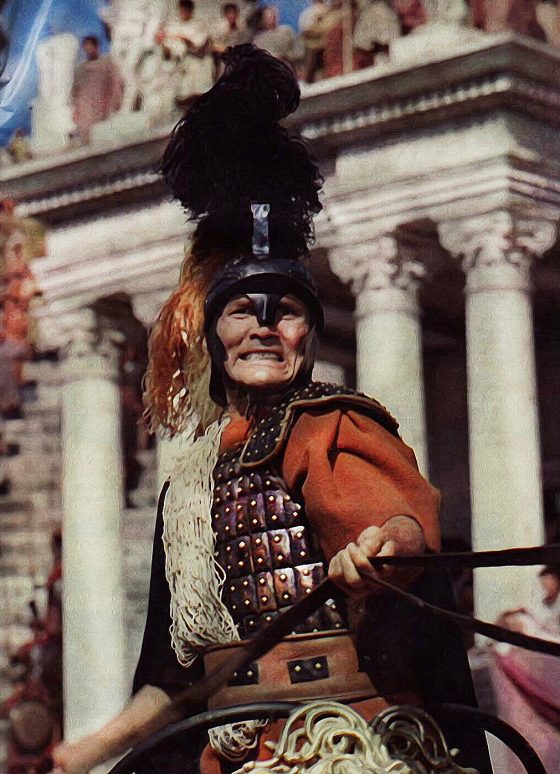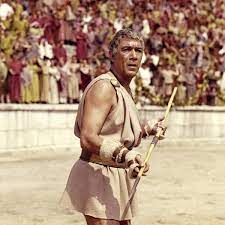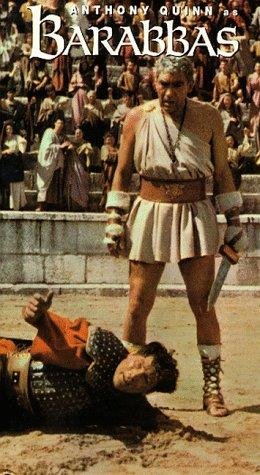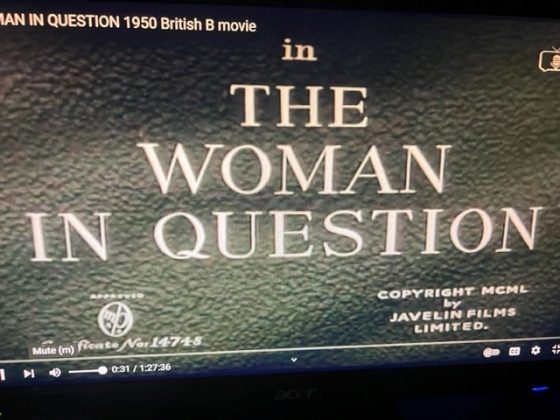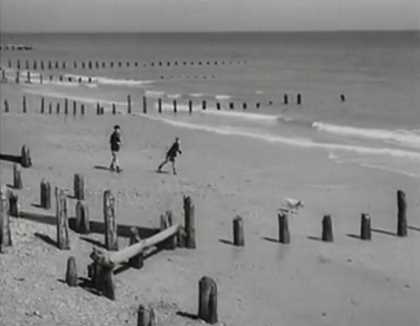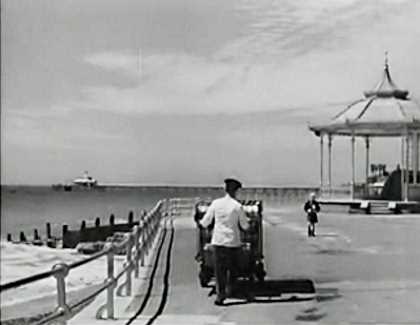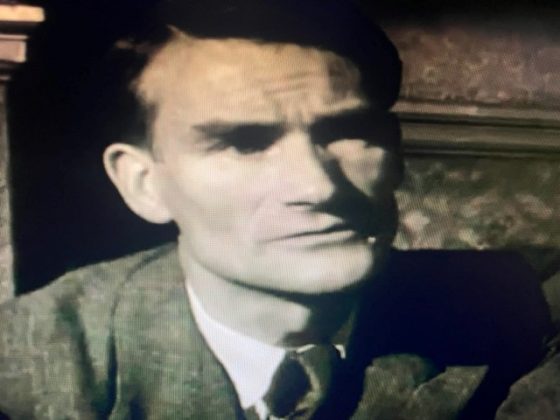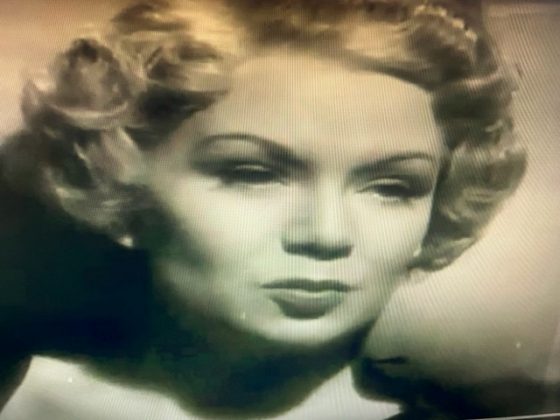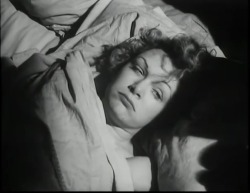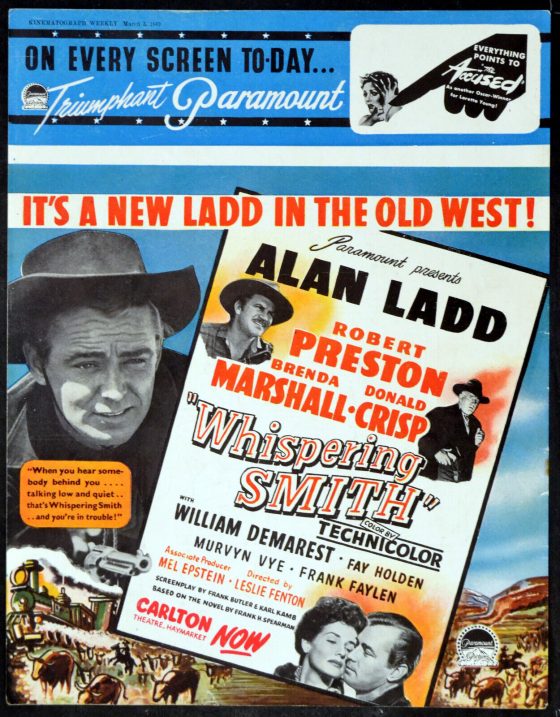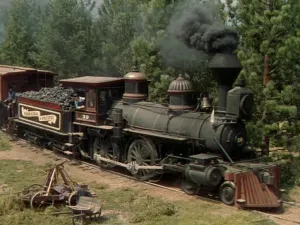BBC Television commenced a new serialisation of this famous novel with the first episode broadcast in September 1957.
I imagine filming would have been done a little earlier even if the actual broadcast went out ‘live’ because there were often filmed segments – usually exterior scenes – such as this one.
Bernard Miles again played Long John Silver and Dr. Livesey was played by Valentine Dyall – I can just see Valentine Dyall fitting this role perfectly. He had in fact played the same part in the BBC 1951 serialisation, again along with Bernard Miles as Long John
Also cast was Clive Dunn – later of Dad’s Army – as Ben Gunn
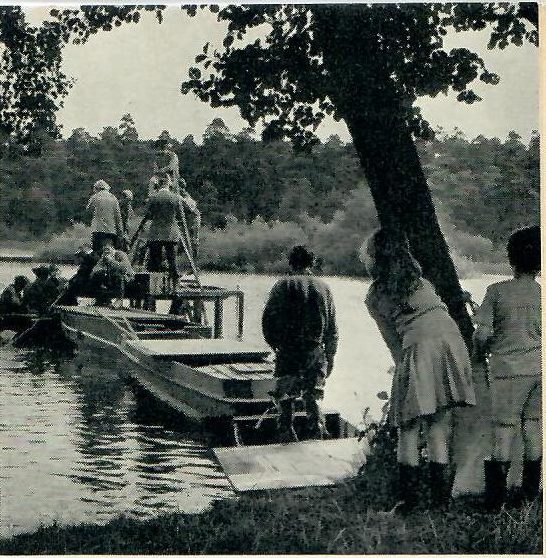
The ABOVE scene was being shot in Surrey with some young watchers in the foreground.
There is a similar picture to this which I have used before which was a few years before this when Walt Disney was filming his Technicolor classic in the summer of 1949 and the location for this scene was the Lake at Denham Film Studios.
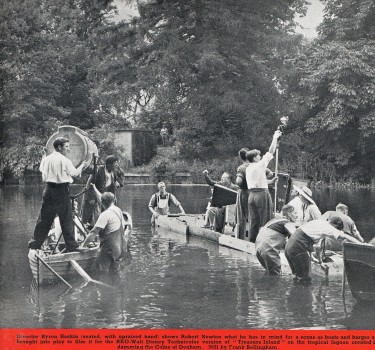
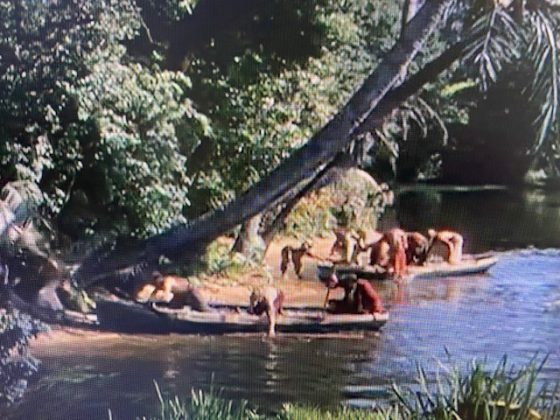
About this time also, the BBC serialised ‘The Adventure of Ben Gunn’ a sort of spin off from Treasure Island in which Peter Wyngarde played a much younger Long John Silver
BE,LOW – I am re-printing this article I wrote some time ago :–
The Adventure of Ben Gunn – BBC Television.
Although I can’t remember much of this serial, it seems that it was an expensive production for those days and – as was the case at that time – it went out ‘live’ from the Ealing Studios that the BBC had taken on.
It is as though the BBC were trying to take on ITV who had had great success with ‘The Adventures of Robin Hood’ later ‘Ivanhoe’ and ‘Sir Lancelot’ . However ITV were much cleverer here – they made these on film and so were able to sell them to America which in the case of ‘Robin Hood’ proved a great move.
With ‘Sir Lancelot’ some of the episodes were filmed in colour – had that happened with ‘Robin Hood’ then even greater success would have come their way.
It does seem that the BBC were a step behind here – surely it would have been obvious to them that on film it had much more potential
The Adventures of Ben Gunn tells the story of how Ben met Nick Allardyce, son of a local parson, who yearned for a life of adventure.
Nick had finished medical school before gaining his full qualifications, but he managed to get the job as surgeon on a transport vessel, the Walrus (later to become Captain Flint’s pirate ship)
Nick and Ben meet John Silver and others from Treasure Island. We learn where the buried treasure in Treasure Island came from.
The story also tells how Ben came to be marooned on the island years after he had fled the ‘Walrus’ pirate ship
The television series, which starred Peter Wyngarde as John Silver and John Moffat as Ben was a six-part serial which began at 5.35 pm on 1 June 1958 with The Parson’s Son.
The last episode was broadcast on 6 July.
The BBC spent a large amount of money on this production
They even had a giant wave machine and a Spanish galleon for the scenes on board the ship.
During a sword fight between Peter Wyngarde and Olaf Pooley, Peter sustained an injury but luckily only in a rehearsal.
This as we have said was done ‘live’ so had this sort of thing happened, I really don’t know what would have been done.
Peter Wyngarde was taken to hospital with the sword still protruding from his leg which to say the least must have been pretty alarming at the time.
Peter Wyngarde played John Silver as a young man. He did say that “I played Long John absolutely straight. In this series he was a young man – about 30 years before the Long John of Treasure Island.”
He was also played as a quite well to do type from a good family who later fell into bad ways.
One role I well remember from Peter Wyngarde was in the 1961 film ‘ The Innocents’ with Deborah Kerr
